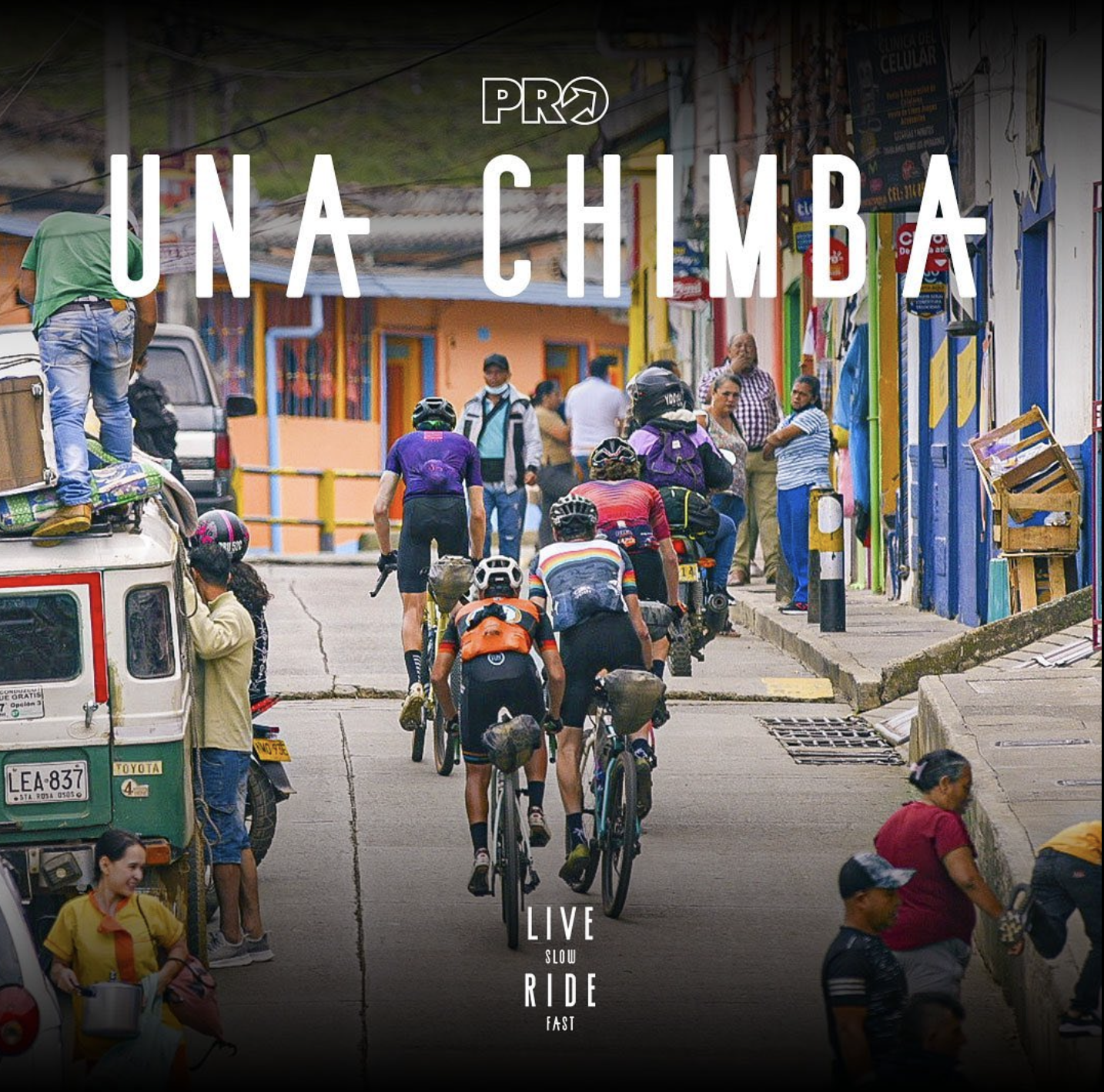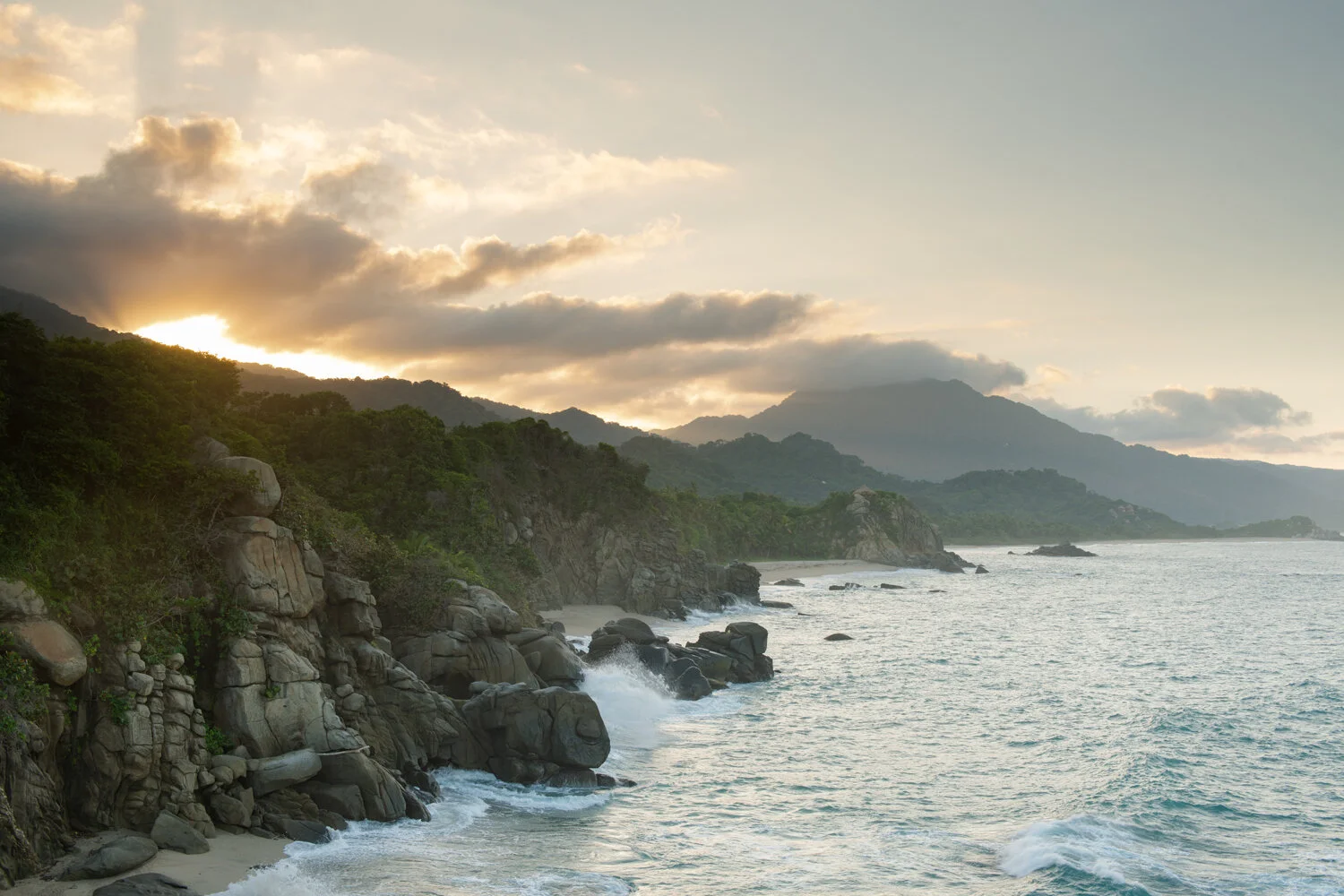Filming Bogotá’s Wild Spaces for the Discovery Channel
Our Client: The Discovery Channel
In 2019, the Discovery Channel contracted our Colombia production company to produce and film a series of videos for Discovery Channel Latin America, Animal Planet, and the Mayor of Bogotá, Colombia. La Bitacora Silvestre de Bogotá explored urban wildlife and ecosystems in one of Latin America's biggest cities. Our goals were to raise awareness of Bogota's wildlife and ecosystems, promote these spaces as tourist attractions for locals, encourage responsible and environmentally focused habits among the city's residents, and empower the citizenry to conserve their natural environment.
The Deliverables: Natural History Videos and Photography
Our deliverables were a series of three videos, each one focused on a different natural region of Bogotá: the wetlands, rivers, and mountains. Additionally, we provided a suite of high-quality photographic assets and ten blog posts about varying aspects of Bogotá's natural regions, focusing on the city's water, which was a vital theme of this project due to the involvement of the public water utility through the Mayor's Office.
The Services: Scouting, Pre-Production, Field Production, and Post-Production
For each featured video, our Colombia Production company undertook a pre-production and scouting process, including a series of interviews with potential protagonists, each of whom would guide our host, Colombian influencer Maria Manotas, as she explored the diverse nature of Bogotá. We put out a casting call among our network of contacts in the Colombian scientific community. After meeting with several viable candidates, we found three ideal experts on Bogotá's mountains, rivers, and wetlands.
Our pre-production team, consisting of our Executive Producer, Head of Video, and Head of Content, also exhaustively scouted potential filming locations around the city. We needed to find wild places that were easily accessible to everyday Bogotános but also felt untouched by the noise and influence of the city around them. After visiting several of Bogotá's network of wetlands, mountain trails, and rivers, we settled on four final filming destinations: the Cordoba Wetlands, El Delirio trail, the Bethesda Antenna Paramo in the mountains overlooking the city, and the Arzobispo River.
Video 1: Filming Migratory Birds in the Bogotá Wetlands
One aspect of Bogotá's wildlife that we highlighted was how the city's wetlands and green spaces are vital stopover points for more than 65 migratory bird species. Less than a century ago, most of the Bogotá plain was covered in extensive wetlands. Now, just 15 wetlands remain, but they are essential for the city's wildlife, including many species that Bogotá residents don't expect to see in their city, like owls, wild guinea pigs, and even weasels.
We visited several different wetlands during pre-production and settled on Cordoba Wetland as our filming destination. We chose Cordoba because our pre-production team of bird experts identified an abundance of species that we were keen to film, including the colorful migrant Summer and Scarlet Tanagers and migratory waterfowl like the Blue-winged Teal. This wetland is also a peaceful oasis of biodiversity in the heart of the city: unlike other wetlands, at Cordoba, the tall trees and vegetation block out the sights and sounds of the city and let you feel as if you're in a wild place.
Scouting and Casting an Expert Guide
We selected migrant bird expert and biologist Natalia Cano as our protagonist to guide influencer Maria Manotas on a birdwatching adventure through the wetland. We needed to get good footage of birds that are often skittish and hard to film, including warblers, tanagers, and thrushes. During the shoot, we divided our location team into two: one filmed interviews and interactions between our two human stars, while the second quietly scouted for birds for b-roll footage further along the trail.
This approach paid off as we obtained excellent images of all our target birds within our timeframe. We were even lucky enough to capture video footage of a Tropical Screech-owl, a normally nocturnal resident of Bogotá's wetlands.
The Cordoba Wetlands video inspires Bogotá's residents to value their city's immense avian biodiversity and the global significance of the wetlands to vulnerable populations of migrant birds. Many Bogotános don't realize how biodiverse these wetlands are or even that they are open to visitors, and we hoped to inspire people to take an interest in the nature that surrounds them every day.
Video 2: A Deep Dive into Bogotá's Rivers
A significant project of the Bogotá Mayor's Office is to clean up the myriad waterways that crisscross downtown Bogotá. These rivers flow down from the wooded Eastern Hills before meeting the Bogotá River and ultimately merging with the Magdalena River. After decades of neglect, people are waking up to the importance of these rivers for biodiversity, and movements to protect and clean them are gaining traction. We wanted to highlight the importance of Bogotá's rivers with the second video.
We began in the streets of Bogotá, where the Arzobispo River begins its journey across the city, collecting pollution and garbage as it makes its way to the Bogotá River on the western fringes of the capital. Maria joined river expert William Munoz on a walk up into the city's Eastern Hills, where the river flows through a stunning cloud forest and supports habitat for many flora and fauna species. We began the walk following the river up through the Parque Nacional, a large green expanse of parkland and one of the few places in Bogotá where the mountains' wildness spills over into the city. For many residents, this park is their gateway to wildlife and woodland.
We continued up to a hidden waterfall in the mountains, where the waters of the Arzobispo are clear and clean and able to support aquatic species like fish and freshwater crustaceans. Watching the video, it's hard to believe that this calm mountain trail through the forest is less than a kilometer from the traffic and noise of downtown Bogotá.
Filming a Rediscovered Species for the First Time
One of our inspirations for choosing the Arzobispo River was a recent scientific report detailing the rediscovery of a little-known species of freshwater catfish in the cleaner waters of its upper course, the 'Pez Capitanejo' or Trichomycterus bogotensis. This discovery represented a hope that Bogotá's rivers could be cleaned and reclaimed as the hotspots of urban wildlife that they once were, and so it was a perfect fit with the narrative of this project.
We were determined to become the first film crew to obtain high-quality video of this catfish in a wild state. And with persistence and patience from our video team and William's keen eye, we could do so. Using a GoPro and waterproof case, we filmed the fish in the wild for the first time.
The Arzobispo River video is perhaps the most uplifting and hopeful of all of these videos. It shows that the prognosis for Bogotá's waterways is far from fatal and that if we all work together to protect and value urban rivers and streams, they can once again teem with life and provide clean and safe habitats for all manner of wild creatures.
Video 3: Scaling the Heights of Bogotá's Eastern Hills
The forested Andean peaks that border Bogotá to the east form a biodiverse wall blocking the city's advance below. It's remarkable how quickly the urban sprawl disappears, replaced by forests, birdsong, and Andean moorland. These mountains are known locally as the Eastern Hills. There are several hiking trails through the woods, beginning on the edge of the city and, in some cases, continuing to the misty highland paramos beyond.
We filmed the 'Eastern Hills' chapter of the series in two separate locations to highlight these mountains' diversity and distinct ecological makeup. The first location was El Delirio Ecological Reserve, a wooded mountain trail in the southern reaches of Bogotá, known for its incredible array of Andean vegetation and well-preserved woodlands. The trail winds through cloud forest alongside a crystalline river.
Here, Maria met with a local community leader and expert on the flora and fauna of these hills, Sergio Bravo Silva. Sergio took her on a walk through the woods, pointing out local plants and trees and detailing their importance for the local ecosystems. A good example is the bromeliads, which are an indicator of clean air: a profusion of bromeliads, such as we saw in El Delirio, is an excellent sign of a healthy ecosystem.
Andean Moorlands: the Source of Life for an Entire City
For the second part of the video, we filmed at a higher altitude overlooking Bogotá at the Bethesda Antenna Paramo. Paramos are an Andean tundra ecosystem unique to northern South America. Almost half of all paramos are found in Bogotá. They are especially vital to the health of the city below: nearly 80% of all Bogotá's drinking water comes from the paramos, which act as giant sponges, trapping and filtering rainfall. Sergio showed us the key plant species of the paramo, the 'Frailejon' or espeletia, and explained how they conserve nutrients and capture water.
The video ends with Maria and Sergio gazing out over the vastness of Bogotá from the paramo. This stunning panorama acts as a visual metaphor for the relationship that the Eastern Hills have with the city: close by yet distant in the eyes of many locals but connected by thousands of natural threads like rivers, streams, birds, trees, and rain. Without the ecosystems of these mountains, there could be no Bogotá.














The Discovery Channel contracted our Colombia production company to produce and film a series of videos about urban wildlife and ecosystems for Discovery Channel Latin America, Animal Planet, and the Mayor of Bogotá, Colombia.